Mozambique: Regadio 7 de Abril hampered by electricity debts
Mozambique: Coffee farming already involves 1,500 families in Gorongosa
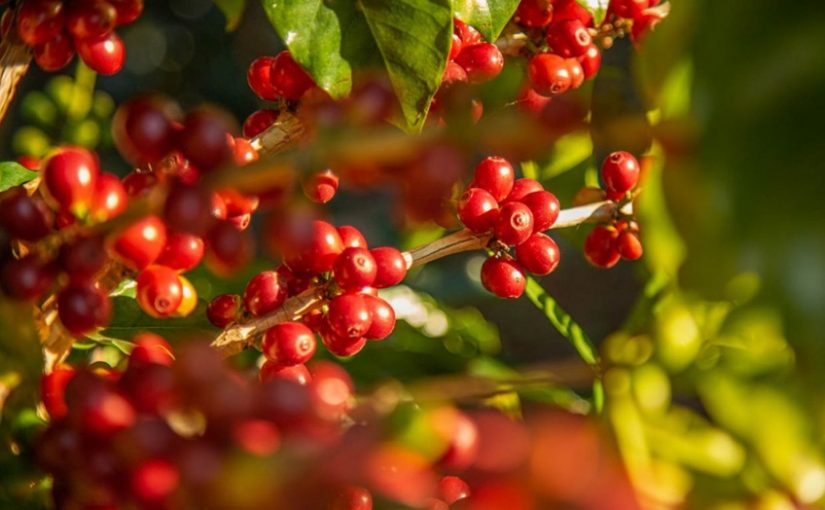
FILE - For illustration purposes only. [File photo: Courtesy of Gorongosa National Park]
Coffee farming already involves more than 1,500 families in the Gorongosa district, in Sofala province, central Mozambique, the authorities of that protected area announced on Wednesday, estimating an even greater number of indirect jobs.
‘We are now talking about a minimum of 1,500 families who are growing coffee,’ Pedro Muagura, administrator of Gorongosa National Park, told the media.
According to Muagura, in addition to the families who benefit directly, this crop is also generating secondary employment in the region: ‘Because people will need others for the harvest, in addition to family members, who are now exempt from formal employment.’
“Last year we had a [family coffee producer] who got 250,000 meticais [€3,300]. This individual doesn’t need to look for a job to earn five or six thousand meticais (€67-€80) a month, because they already consider that it’s a job for father, mother and children,” explained the administrator of that conservation area.
Gorongosa National Park is located in Sofala province, central Mozambique, in the district of the same name, situated on the southern edge of the great African Rift Valley.
According to the authorities, Gorongosa produces around five tonnes of coffee every three months, with the main buying countries being Portugal, England and the United States of America, but ‘Mozambique is the first consumer’.
The Gorongosa National Park announced at the end of last month that the Norwegian government will provide 427 million meticais (€5.6 million) for the park’s activities, which include restoring the conservation area, supporting girls in the region to stay in school and helping local farmers and young people.
‘We are grateful to Norway – and to all our donors and partners – whose generosity protects Gorongosa and empowers its communities for years to come,’ the park said in a statement.
For its part, the Norwegian embassy in Maputo said in a statement that Gorongosa, once ‘devastated by war’, is now an example of how conservation and communities can go hand in hand and described how the agreement will support girls to stay in school, farmers to increase their incomes through coffee, cashew and honey production, and young people to find new opportunities in conservation and ecotourism.
Systematised coffee production in Mozambique began almost five years ago and is mainly concentrated in Gorongosa.
Lusa previously reported that Mozambique currently has around 300 hectares of land dedicated to coffee production, and as it marks 50 years of independence, the dream of those who produce this crop is to see the country’s name among the continent’s leading producers.
“We’re at a very early stage, but the idea is to keep working [towards affirmation]. We can’t compete with the big players right now; we’re just starting. What we have to do is produce quality coffee so that we can win this market outside of Mozambique,” said the president of Mozambique’s Coffee Growers Association (Amocafé), Jenaro Lopes, in an interview with Lusa at the time.
This year, Mozambique is expected to produce almost 100 tonnes of coffee, following a production of 40 tonnes last year.
The ongoing strategy is funded by €4 million from the Italian Cooperation Agency, as well as the involvement of an additional 2,200 producer families.
The strategy for developing this crop in the country will prioritise research, investment, and the training of technicians to achieve a production area of around 5,000 hectares within a 10-year plan.




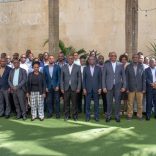
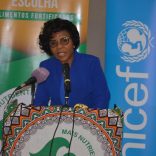
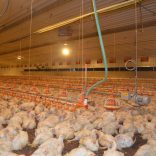

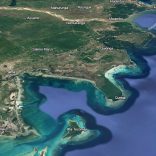
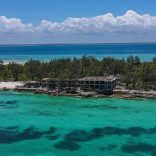

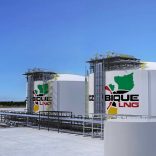
Leave a Reply
Be the First to Comment!
You must be logged in to post a comment.
You must be logged in to post a comment.